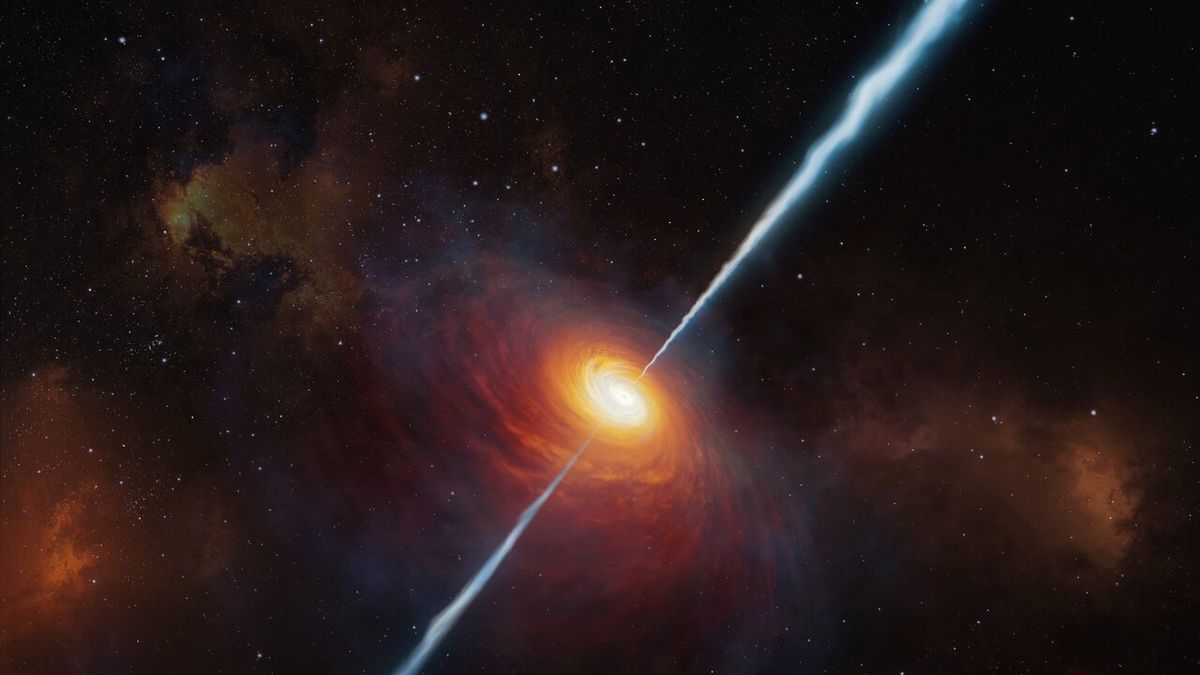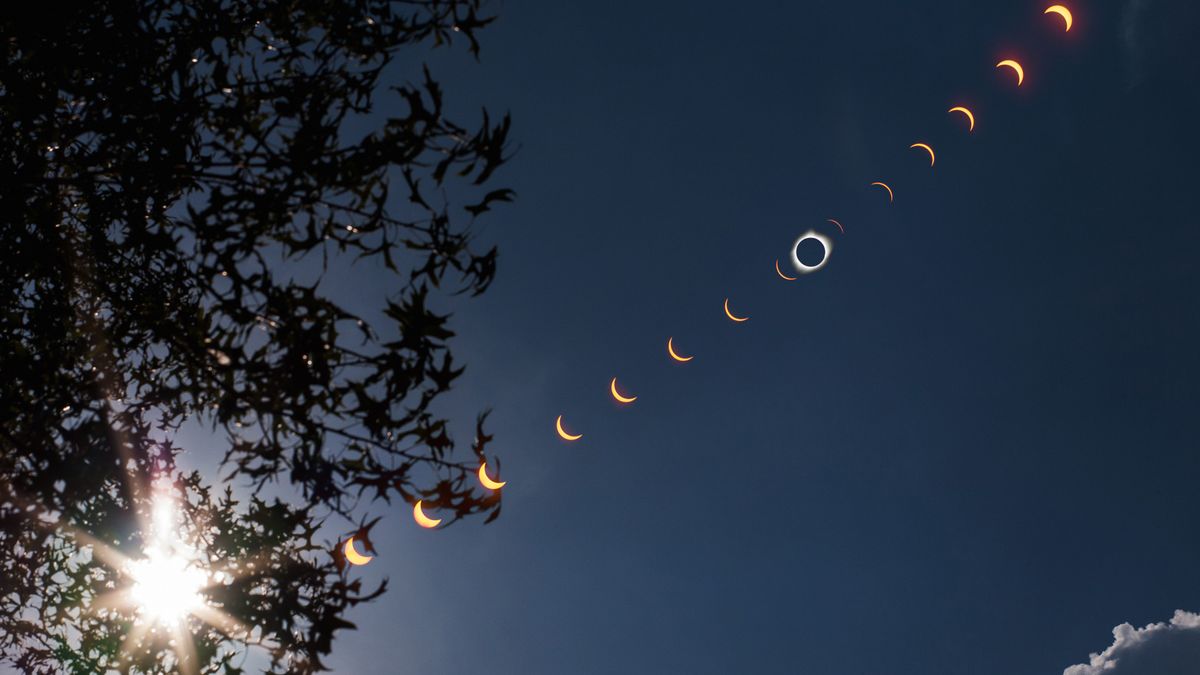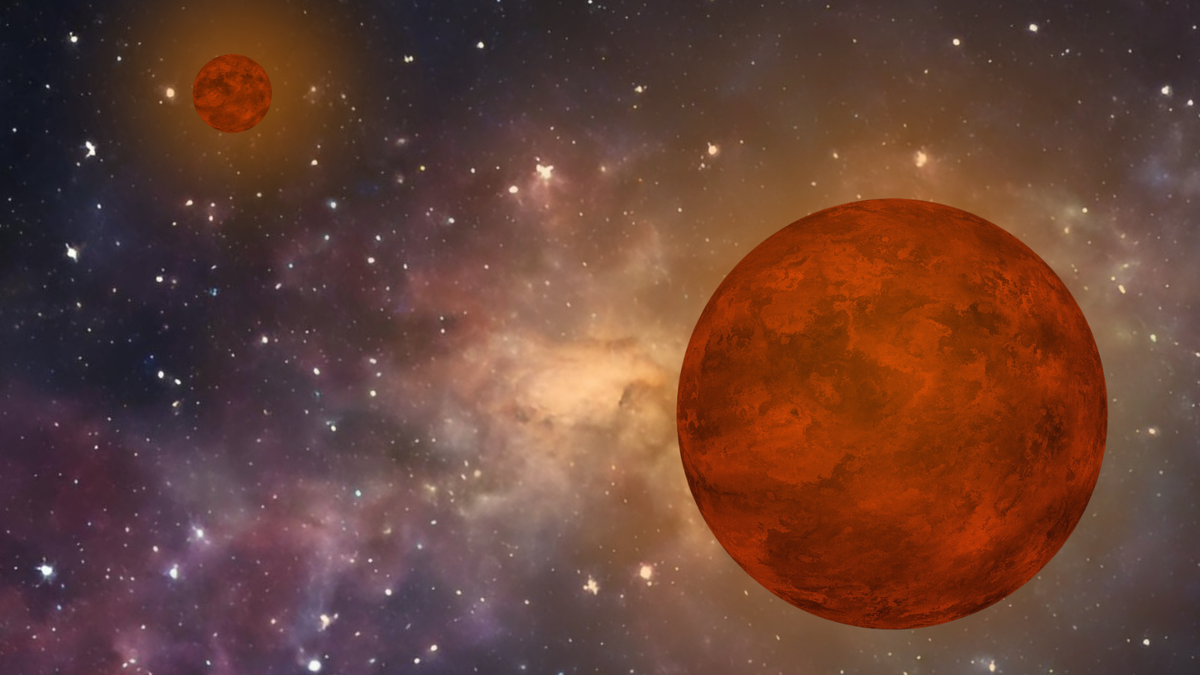Exploring the Universe Through Gamma-Ray Bursts
Gamma-ray bursts, powerful explosions from the universe, have captivated astronomers for decades. These bursts of energy, originating from faraway stars, provide valuable insights into the history and evolution of the cosmos. By studying gamma-ray bursts, astronomers like Amy Lien, Assistant Professor of Physics at the University of Tampa, aim to unravel the mysteries of the universe.
The Significance of Gamma-Ray Bursts
When stars explode, they emit gamma-ray bursts that are detectable by telescopes on Earth. These bursts, lasting from a few seconds to a few minutes, unleash a significant amount of energy in the form of gamma rays, invisible to the human eye but crucial for understanding the universe’s past.
NASA’s Neil Gehrels Swift Observatory, launched in 2004, plays a vital role in observing gamma-ray bursts. Over the years, Swift has detected thousands of bursts, allowing astronomers to measure distances to celestial objects and gain insights into the universe’s formation.
Unraveling the Universe’s History
Gamma-ray bursts serve as cosmic time capsules, enabling astronomers to peer back in time billions of years. The most distant bursts observed by telescopes offer a glimpse into the universe’s early stages, providing a window into how stars evolved and shaped the cosmos over time.
By delving into the origins of gamma-ray bursts, astronomers can uncover the intricate history of the universe, shedding light on the birth and evolution of celestial bodies and their impact on the cosmic landscape.
Distinguishing Types of Gamma-Ray Bursts
Astronomers have categorized gamma-ray bursts into two main types: long bursts, associated with supernovae, and short bursts, linked to mergers involving neutron stars or black holes. Understanding these distinctions provides valuable clues about the mechanisms behind these explosive events and their cosmic implications.
While long bursts typically stem from dying stars, short bursts result from cataclysmic collisions between dense astronomical objects, unveiling the dynamic nature of the universe’s most energetic phenomena.
Citizen Science and Gamma-Ray Burst Classification
In a collaborative effort to analyze gamma-ray burst data, astronomers are enlisting the help of citizen scientists. Through projects like Burst Chaser, volunteers learn to identify and classify the complex structures of gamma-ray pulses, aiding researchers in deciphering the origins of these enigmatic bursts.
By harnessing the collective power of citizen science, astronomers can enhance their understanding of gamma-ray bursts and explore new avenues for research, ultimately advancing our knowledge of the universe’s evolution.
Join the quest to decode the secrets of gamma-ray bursts and unravel the mysteries of the cosmos. Together, we can delve deeper into the universe’s past and uncover the hidden forces shaping our celestial surroundings.
Image/Photo credit: source url





